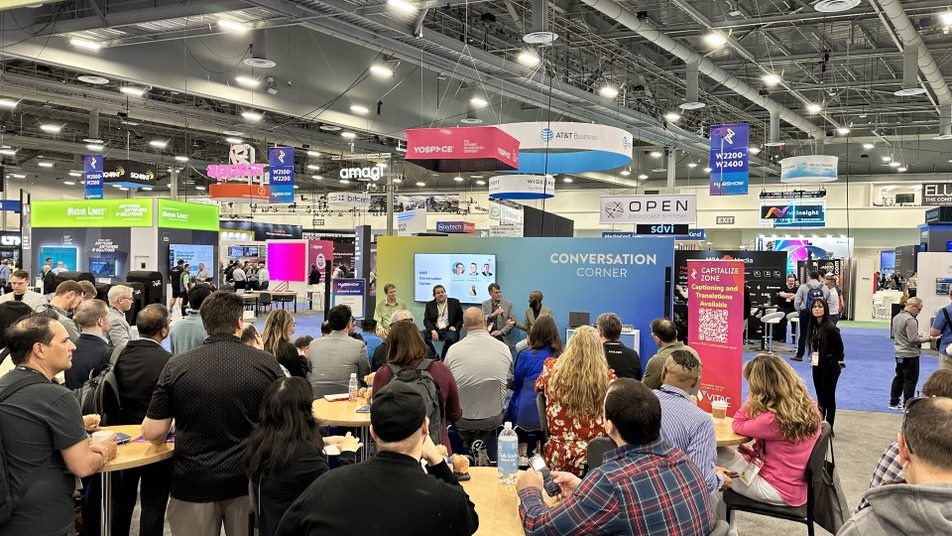The United States Supreme Court will decide whether or not to take up its first website accessibility case − a case that some say could have a wide-reaching impact on internet accessibility and the rights of the disabled community.
Guillermo Robles, who is blind, sued Domino’s Pizza in 2016, alleging that the company’s website and mobile app didn’t allow him to order pizza online. He argued that despite using screen reading software, he wasn’t able to place an order because the website was not accessible to people who are blind or with low vision, a violation of Title III of the Americans with Disabilities Act (ADA).
Title III of the Americans with Disabilities Act (ADA) prohibits discrimination on the basis of disability in places of public accommodation — businesses that are generally open to the public and that fall into one of 12 categories listed in the ADA, such as restaurants, movie theaters, schools, day-care facilities, recreation facilities, and doctors’ offices.
Court Confusion
Website accessibility lawsuits have continued to rise in recent months, and have continued to cause confusion in the court systems as well.
 The confusion stems from how (and if) websites fall under Title III’s reach and, specifically, the steps that businesses must take to ensure their online presence meets accessibility requirements.
The confusion stems from how (and if) websites fall under Title III’s reach and, specifically, the steps that businesses must take to ensure their online presence meets accessibility requirements.
Compounding this confusion is a lack of formal rulemaking on website accessibility matters from the Department of Justice (DOJ), which places responsibility on the courts to interpret the law on their own.
According to data from law firm Seyfarth Shaw, nearly 5,600 ADA Title III lawsuits were filed in federal court between January 1 and June 30 of this year, representing a 12% increase in suits filed over the same span in 2018. If the lawsuits continue to be filed at the current rate, the number of federal ADA Title III lawsuits filed in 2019 will top 11,000, marking a fifth-straight year of filing increases.
Robles v. Domino’s Pizza LLC
Robles filed his suit in federal district court, which ruled in 2017 that while Title III did apply to websites and mobile apps, the absence of a formal DOJ rule meant that businesses didn’t have sufficient guidance regarding website accessibility compliance.
The U.S. Court of Appeals for the Ninth Circuit earlier this year reversed that federal court decision. Though the Ninth Circuit agreed that the ADA does cover websites and mobile apps, it disagreed with the district court regarding the lack of specific compliance standards and ruled that Domino’s received fair notice that its website and app must comply with the ADA.
In June, Domino’s asked the Supreme Court to review that ruling, with a number of business associations, including the Retail Litigation Center, National Retail Federation, and the Restaurant Law Center, filing briefs in support of the pizza chain.
In its petition to the Supreme Court, Domino’s is seeking a determination on “whether Title III of the ADA requires a website or mobile phone application that offers goods or services to the public to satisfy discrete accessibility requirements with respect to individuals with disabilities?”
On average, it takes around six weeks for the Supreme Court to act once a petition has been filed. The Supreme Court, however, is not required to take on the appeal.
Impact
If the Supreme Court decides to take the case, and rules that the Ninth Circuit was correct in its decision, that likely would set a precedent for any lower courts that haven’t yet decided the website accessibility issue.
Conversely, the legal landscape relating to website accessibility cases could be reversed if the Supreme Court takes the case and rules that businesses cannot be held responsible for making their websites accessible under Title III of the ADA since there are no defined accessibility standards.




